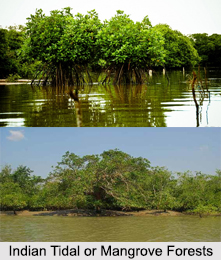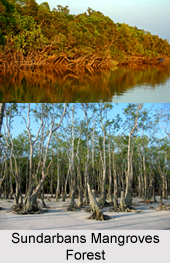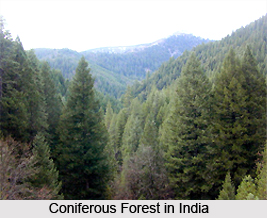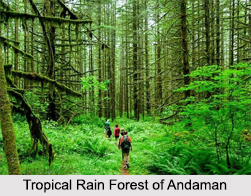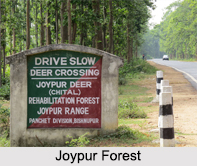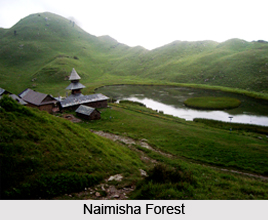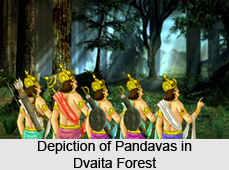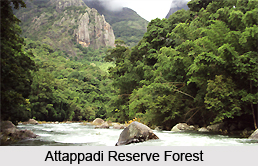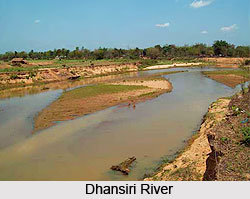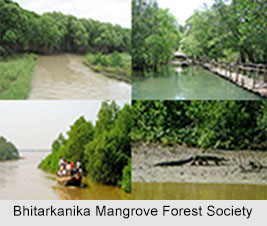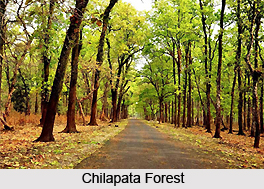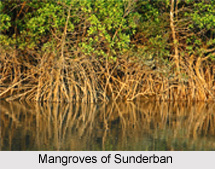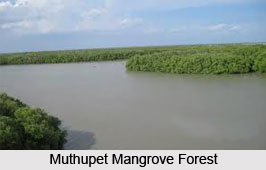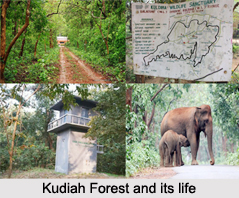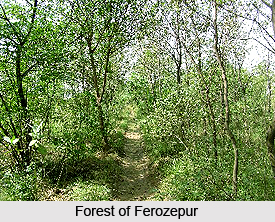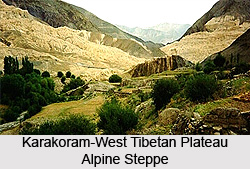 Karakoram-West Tibetan Plateau Alpine Steppe constitutes a shrub land and montane grassland ecosystem of India. It spans over an area of 143300 square kilometres and exhibits a region of high altitude grassland. It spreads over the Karakoram Range in the western part of the Himalayan Range. Nearby ranges including the Ladakh Range is also included in the Karakoram-West Tibetan Plateau Alpine Steppe. The average annual precipitation of this ecosystem ranges from 200 to 900 millimetres. 90 percent of the precipitation is in the form of snow. The mountain slopes of the region contains unstable and excessively drained deep gravely and loamy soils on bedrock and are often subjected to gully, rill and severe sheet erosions.
Karakoram-West Tibetan Plateau Alpine Steppe constitutes a shrub land and montane grassland ecosystem of India. It spans over an area of 143300 square kilometres and exhibits a region of high altitude grassland. It spreads over the Karakoram Range in the western part of the Himalayan Range. Nearby ranges including the Ladakh Range is also included in the Karakoram-West Tibetan Plateau Alpine Steppe. The average annual precipitation of this ecosystem ranges from 200 to 900 millimetres. 90 percent of the precipitation is in the form of snow. The mountain slopes of the region contains unstable and excessively drained deep gravely and loamy soils on bedrock and are often subjected to gully, rill and severe sheet erosions.
Flora of Karakoram-West Tibetan Plateau Alpine Steppe
Karakoram-West Tibetan Plateau Alpine Steppe is mostly covered by grasslands and herbaceous plants. Ravines and protected slopes of this ecosystem grows plants like Spiraea lycoides, Rosa webbiana, Berberis pachyacantha, Polygonum viviparum, Juniperus polycarpus, Potentilla desertorum, Mertensia tibetica, Salix denticulate etc. The regions with an altitude of 4500 metres have sparse vegetation which includes plants like Nepeta spp., Potentilla fruticosa, Silene longicarpophora, Glechoma tibetica, Delphinium cashmerianum and many more. In the valley bottoms, woodlands and shrublands are found. The plants of this region enlist Lycium ruthenicum, Sophora alopecuroides, Pegamum harmala, Tribulus terrestris, Capparis spinosa, Salix viminalis, Myricaria elegans, Hippophae rhamnoides etc.
Fauna of Karakoram-West Tibetan Plateau Alpine Steppe
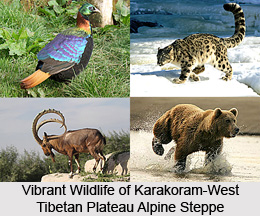 Karakoram-West Tibetan Plateau Alpine Steppe hosts the highest densities of ungulates. It also shelters Sheep which belong to different varieties including Urial, Tibetan Argali and Marco Polo Sheep. Goats of the eco-region include Ibex and Markhor. A number of smaller mammals also inhabit this region. Snow Leopard is an important member of Karakoram-West Tibetan Plateau Alpine Steppe. Himalayan Black Bear and Brown Bear are also found here. A good diversity of avian population can also be spotted here such as Vultures, Raptors, Rosefinches, Himalayan Monal and Guldenstadt`s Redstart. No endemic birds are found here. The place shelters no amphibians but hosts three lizard species namely Phrynocephalus theobaldi, Scincella ladacensis and Paralaudakia himalayana.
Karakoram-West Tibetan Plateau Alpine Steppe hosts the highest densities of ungulates. It also shelters Sheep which belong to different varieties including Urial, Tibetan Argali and Marco Polo Sheep. Goats of the eco-region include Ibex and Markhor. A number of smaller mammals also inhabit this region. Snow Leopard is an important member of Karakoram-West Tibetan Plateau Alpine Steppe. Himalayan Black Bear and Brown Bear are also found here. A good diversity of avian population can also be spotted here such as Vultures, Raptors, Rosefinches, Himalayan Monal and Guldenstadt`s Redstart. No endemic birds are found here. The place shelters no amphibians but hosts three lizard species namely Phrynocephalus theobaldi, Scincella ladacensis and Paralaudakia himalayana.
Conservation of Karakoram-West Tibetan Plateau Alpine Steppe
For the conservation of Karakoram-West Tibetan Plateau Alpine Steppe eco-region, its major areas have been declared as protected areas. These include Deosai National Park, Khunjerab National Park and Hemis National Park. Grazing pressures as well as growing population have posed major threats to the region and the land within the protected areas are widely used for collecting firewood, grazing livestock, hunting illegally and cutting trees. Owing to the hunting pressures, Snow Leopards and Ibex are facing extinction.
